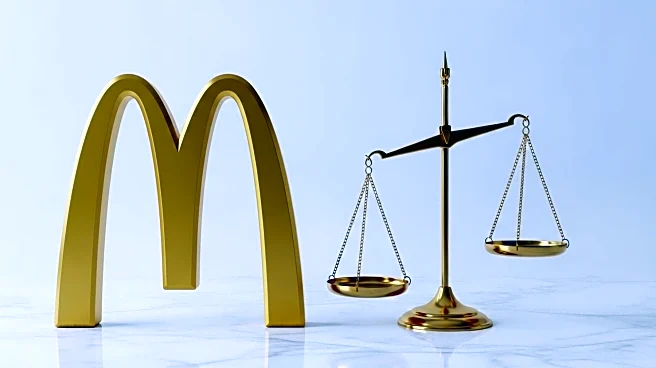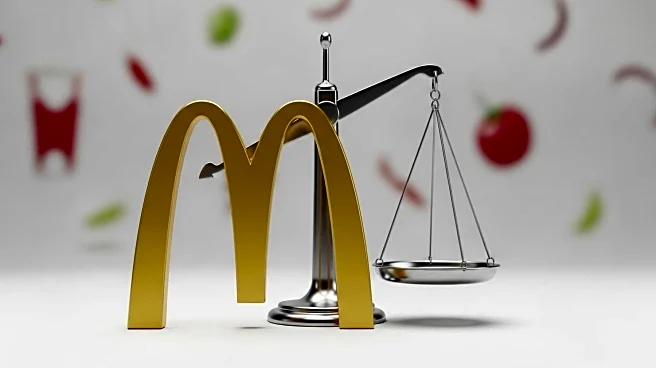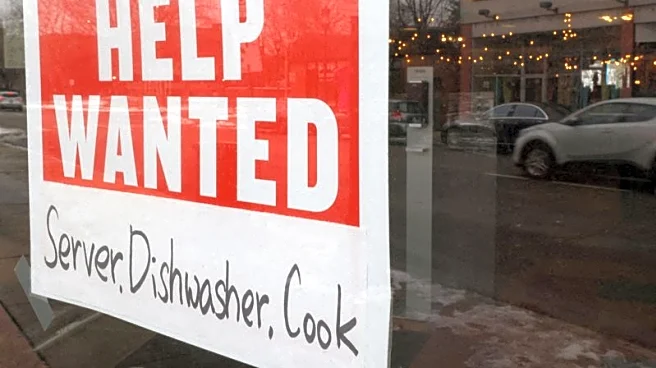What's Happening?
McDonald's CEO Chris Kempczinski has warned of a 'two-tier economy' in the U.S., where lower-income consumers are spending less while upper-income households continue to spend freely. In response, McDonald's is expanding its value meal menu to cater to financially pressured consumers. The economic divide has become more pronounced as inflation and elevated interest rates have reshuffled consumer spending patterns. By 2025, the wealthiest 10% of Americans accounted for half of all consumer spending, a significant increase from previous decades. Lower-income consumers are facing higher credit card debt and increased hardship withdrawals from retirement plans, while job growth shows signs of stalling.
Why It's Important?
The economic divide highlighted by McDonald's CEO reflects broader challenges in the U.S. economy, where inflation and tariffs are impacting consumer spending power. This bifurcation could lead to increased financial stress among middle- and lower-income households, potentially affecting overall economic stability. Companies reliant on consumer spending, such as McDonald's, are adjusting their strategies to accommodate changing consumer behaviors. The trend may prompt other businesses to focus on value offerings, impacting pricing strategies and market dynamics. The situation underscores the need for policymakers to address economic disparities and support vulnerable consumer groups.
What's Next?
The upcoming government jobs report for August will be closely watched for further signs of economic pressure on U.S. consumers. Analysts expect modest job growth, which could exacerbate financial stress among lower-income households. If the jobs market remains weak, the economic divide may widen, potentially affecting higher-income consumers as well. Companies may continue to adjust their offerings to cater to financially constrained consumers, influencing market competition and pricing strategies.












